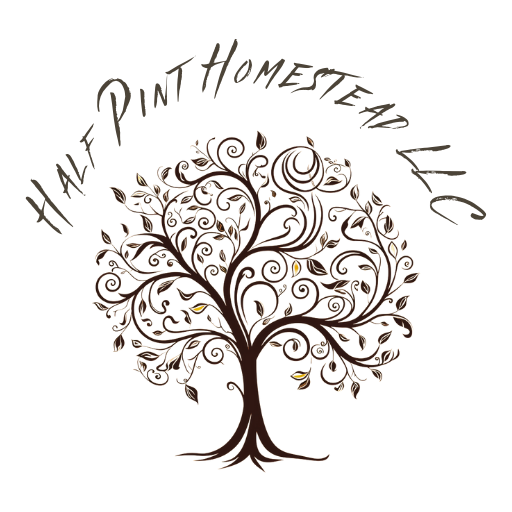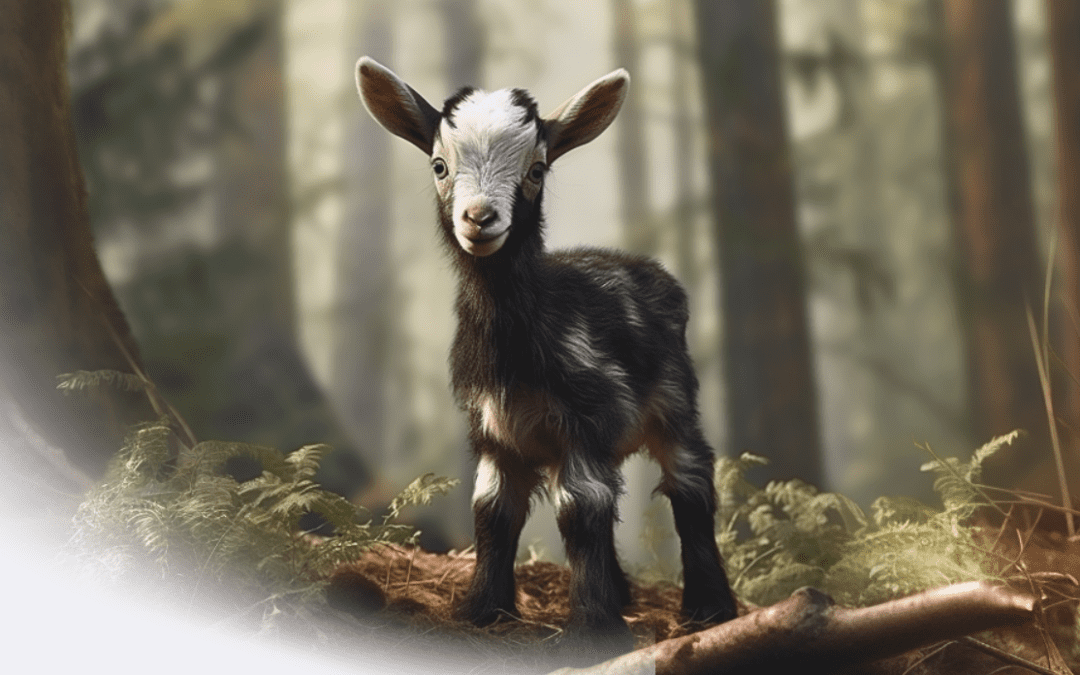Goats are a large part of our self-reliance plans on the Homestead. Since our property is in the woods and there is just the two of us most of the time, goats are by far the best dairy animal for us. They are small, easy to handle, and so much fun!
Goats are browsers and love twigs and leaves from trees. They seem to think that the thornier the better so blackberry brambles and rosebushes are happily grazed. The hedgerow we are planting around the property will be primarily made up of plants that make good goat food. We dry-lot our goats rather than allowing them out to graze. While this controls internal parasites by breaking their lifecycle, it means all feed has to be provided by us in the form of hay or tree fodder. We’re working to make the outside input of hay as minimal as possible.
Since we are not yet prepared to get animals (we still have to build the barn and finish the Forest Fence), we are taking this opportunity to really consider the type of goat we want using our past experiences with various goat breeds and lining those up with what we want to accomplish here.
We are focusing on two main considerations; milk production, meat production, resale value, and ease of handling. With this in mind, we are really only considering two breeds; Lamanchas and Nigerian Dwarfs. We have not yet decided whether we want to invest in registered stock.
Of all the breeds I have kept, I liked my Lamanchas best. To add to their appeal, I have friends, Noelle and Jessica of A Happy Goat Creamery, who will supply me with quality stock when we’re ready. Their focus is milk production, not showing or sales, so their stock is not registered. Lamanchas are large, but quite calm and easy to handle. They can easily produce a gallon + of good milk per day. If we go with Lamanchas, I will only need two does. Their large size would make the male kids good for meat production. Female kids, even unregistered, are easy to sell.
Nigeran Dwarfs would be a learning experience for us as I’ve never had that particular breed. They are tiny and easy to keep – and SUPER CUTE! There is both a production and a pet market for them. This is an advantage when it comes to selling, but not so much when it comes to buying for milk production. It is impossible to know what kind of production you will get if you don’t purchase registered stock from a herd that milks their goats. This means the animals are expensive. A good Nigeran doe can give up to half-gallon of very rich milk per day. They tend to have 3 or more babies, so even if the kids are small, there are more of them if we want meat. With Nigerans, we will need 4 does.
I’m sure either breed will work for us, it’s just a question of what we want to spend going in. Each breed has advantages and disadvantages. We just have to decide which ones we can live with.

